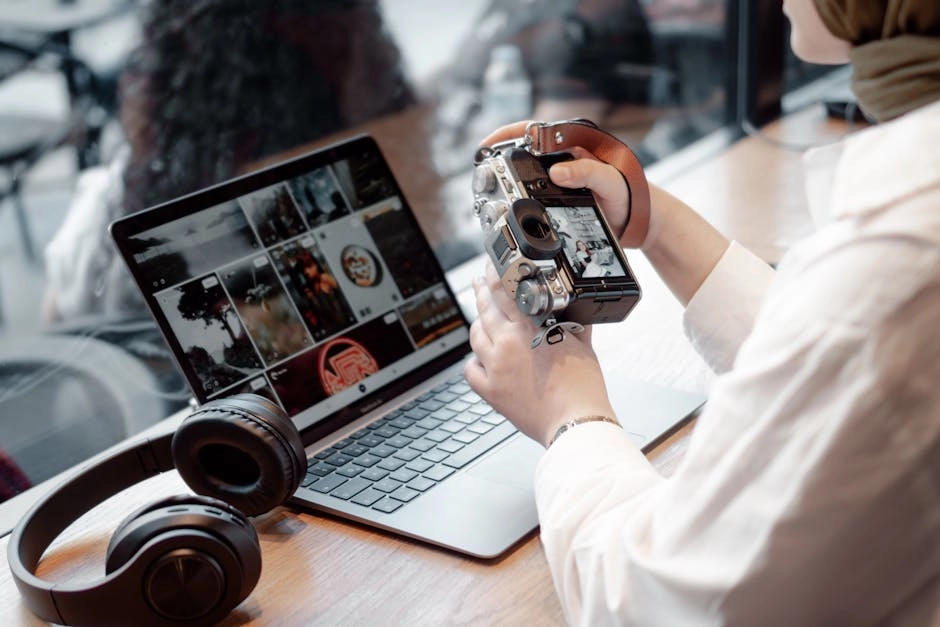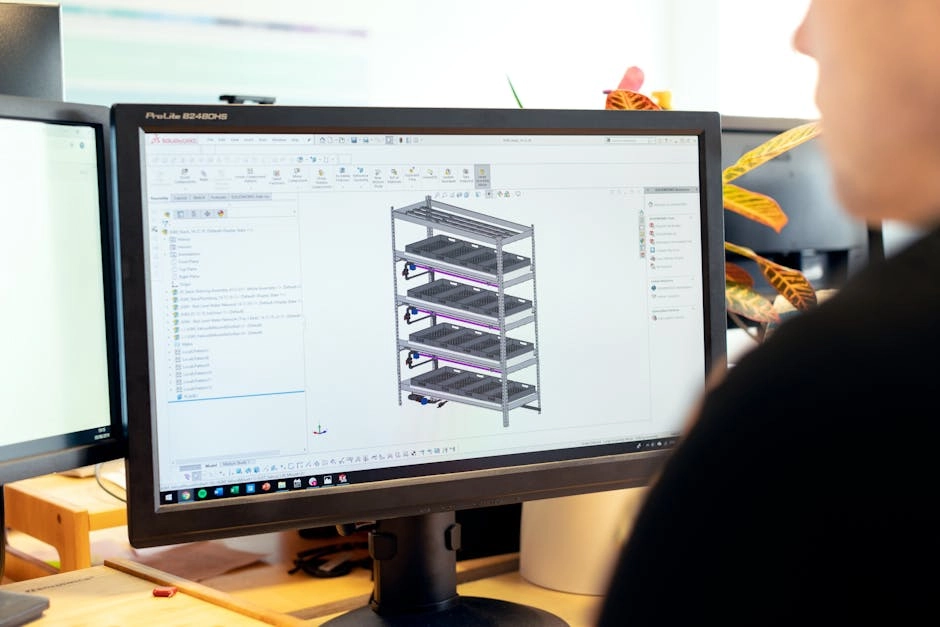Technology
Professional Background Removal: Perfect Results Every Time
Discover how professional background removal delivers studio-quality results in seconds.
BRT
Background Remover Team15 min
#professional#quality#results#how-it-works#technology#neural-networks
Ever wondered how professional background removal achieves studio-quality results in seconds, accurately detecting even individual strands of hair? Let's explore what makes modern background removal so precise and reliable.

The Evolution of Background Removal
Traditional Methods (Pre-2015)
- Manual Selection: Hours with the pen tool
- Color-Based: Green screen and chroma key
- Edge Detection: Basic algorithms with poor results
- Time Required: 15-30 minutes per image

The Professional Revolution (2015-Present)
- Instant Processing: Results in seconds
- Complex Edge Detection: Handles hair, fur, transparency
- No Manual Input: Fully automated
- Batch Processing: Multiple images simultaneously

Understanding Professional Background Removal
Neural Networks: The Brain Behind It All
Modern background removal uses Convolutional Neural Networks (CNNs) that mimic how the human brain processes visual information:
- Input Layer: Receives the raw image data
- Hidden Layers: Extract features and patterns
- Output Layer: Produces the segmentation mask
The Training Process
Professional systems learn from millions of images:
- Dataset Size: 10+ million annotated images
- Diversity: Various subjects, backgrounds, lighting conditions
- Iterations: Thousands of training cycles
- Refinement: Continuous improvement with new data
Key Technologies at Work
1. Semantic Segmentation
Professional systems divide images into meaningful segments:
- Identifies main subjects (people, products, animals)
- Recognizes background elements
- Creates pixel-level classifications
- Maintains object boundaries
2. Edge Detection Algorithms
Advanced techniques for precise boundaries:
- Trimap Generation: Creates transition zones
- Alpha Matting: Handles semi-transparent areas
- Feature Preservation: Maintains fine details
- Anti-aliasing: Smooth, natural edges
3. Deep Learning Models
Popular architectures used:
- U-Net: Excellent for biomedical and general segmentation
- DeepLab: Google's state-of-the-art model
- Mask R-CNN: Instance segmentation champion
- SegNet: Efficient encoder-decoder architecture
The Processing Pipeline
1. Image Upload → 2. Preprocessing → 3. Professional Analysis → 4. Mask Generation → 5. Background Removal → 6. Post-processing → 7. Output

Professional Processing Pipeline
- Image Upload: User provides input image
- Preprocessing:
- Resize for optimal processing
- Normalize color values
- Enhance contrast if needed
- Professional Analysis:
- Feature extraction
- Object detection
- Boundary identification
- Mask Generation:
- Create binary mask
- Refine edges
- Handle transparency
- Background Removal:
- Apply mask to original image
- Preserve subject details
- Remove background pixels
- Post-processing:
- Edge smoothing
- Color correction
- Format optimization
- Output: Deliver processed image
Handling Complex Scenarios
Hair and Fur
The ultimate test for background removal:
- Micro-detail Detection: Individual strands
- Natural Blending: Soft edges
- Color Similarity: When hair matches background
- Movement: Flowing or windblown hair
Transparent Objects
Glass, water, and translucent materials:
- Refraction Handling: Light bending effects
- Reflection Management: Mirror-like surfaces
- Opacity Calculation: Partial transparency
- Context Awareness: Understanding object properties
Complex Backgrounds
Busy or patterned backgrounds:
- Pattern Recognition: Distinguishing subject from design
- Depth Perception: Understanding foreground/background
- Color Clustering: Grouping similar regions
- Texture Analysis: Identifying surface properties
Performance Optimization
Speed vs. Quality Trade-offs
- Fast Mode: 1-2 seconds, good for simple images
- Balanced Mode: 2-4 seconds, handles most cases
- Quality Mode: 3-6 seconds, maximum precision
Hardware Acceleration
- GPU Processing: 10x faster than CPU
- Parallel Computing: Process multiple regions simultaneously
- Memory Management: Efficient data handling
- Cloud Infrastructure: Scalable processing power
Future Developments
Emerging Technologies
- 3D Understanding: Depth-aware segmentation
- Video Processing: Real-time background removal
- Style Transfer: Custom background generation
- Interactive Refinement: User-guided improvements
Accuracy Improvements
- 99.9% Accuracy: Near-perfect for simple subjects
- 95%+ Complex Cases: Excellent hair/fur handling
- Continuous Learning: Models improve daily
- Edge Case Handling: Better rare scenario management
Real-World Applications
eCommerce
- Product catalog creation
- Marketplace compliance
- A/B testing backgrounds
- Dynamic presentations
Creative Industries
- Photography workflows
- Graphic design projects
- Marketing materials
- Social media content
Personal Use
- Profile pictures
- Family photos
- Creative projects
- Document photos
Best Practices for Professional Results
Input Image Quality
For best results:
- Resolution: Minimum 500x500px
- Contrast: Clear subject/background separation
- Focus: Sharp subject edges
- Lighting: Even illumination
Common Challenges
Scenarios that may need attention:
- Very similar foreground/background colors
- Motion blur
- Extremely fine details
- Low resolution images
Conclusion
Professional background removal represents perfect precision meeting practical application. What once required hours of skilled manual work now happens in seconds, bringing studio-quality results to everyone.
The technology continues to evolve, with each iteration bringing us closer to perfect, instantaneous results. Whether you're an e-commerce seller, creative professional, or casual user, professional tools like Background Remover put studio-quality image editing at your fingertips.
Ready to experience professional results yourself? Try Background Remover now and see precision technology in action!